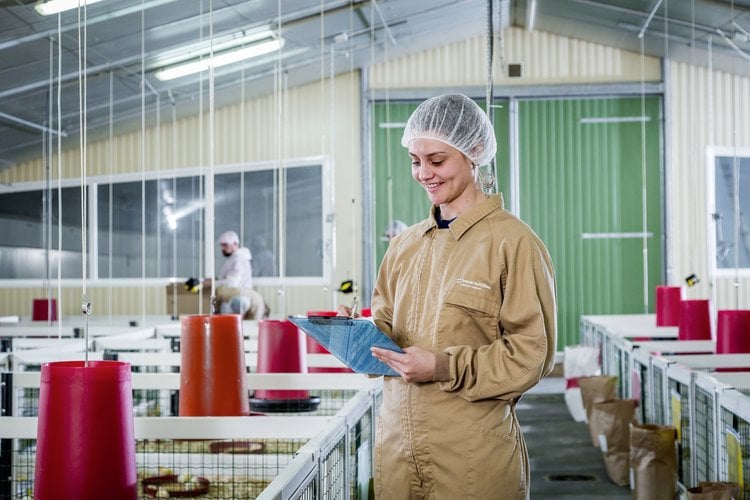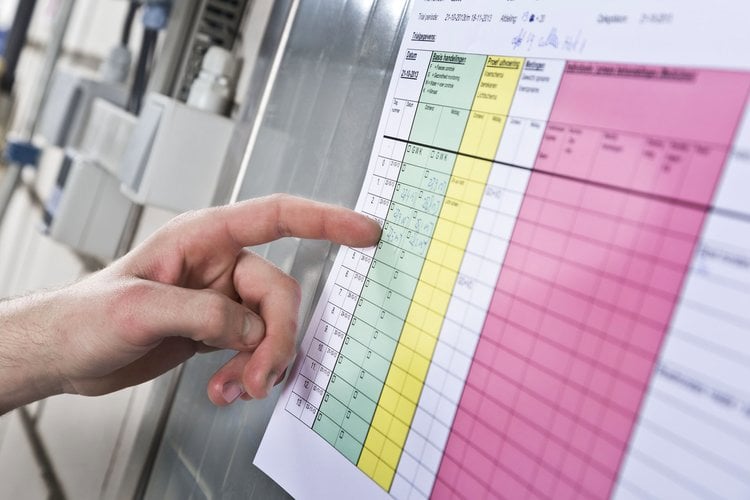
How to recognise
Signs of contaminated feed include clumped particles, off odours and changes in colour. These signs are sometimes also associated with increase in temperature of the feed. A laboratory analysis can be performed to quantify the level of spoilage organisms in the animal feed.

The impact on the farmer
Poor feed hygiene can lead to reduction of the energy as well as the vitamins A, D3, E, K and thiamine available to the animal. In addition, mouldy feeds tend to be dusty, which reduces their palatability. It can also increase the exposure of livestock to harmful moulds and bacteria such as Salmonella.
